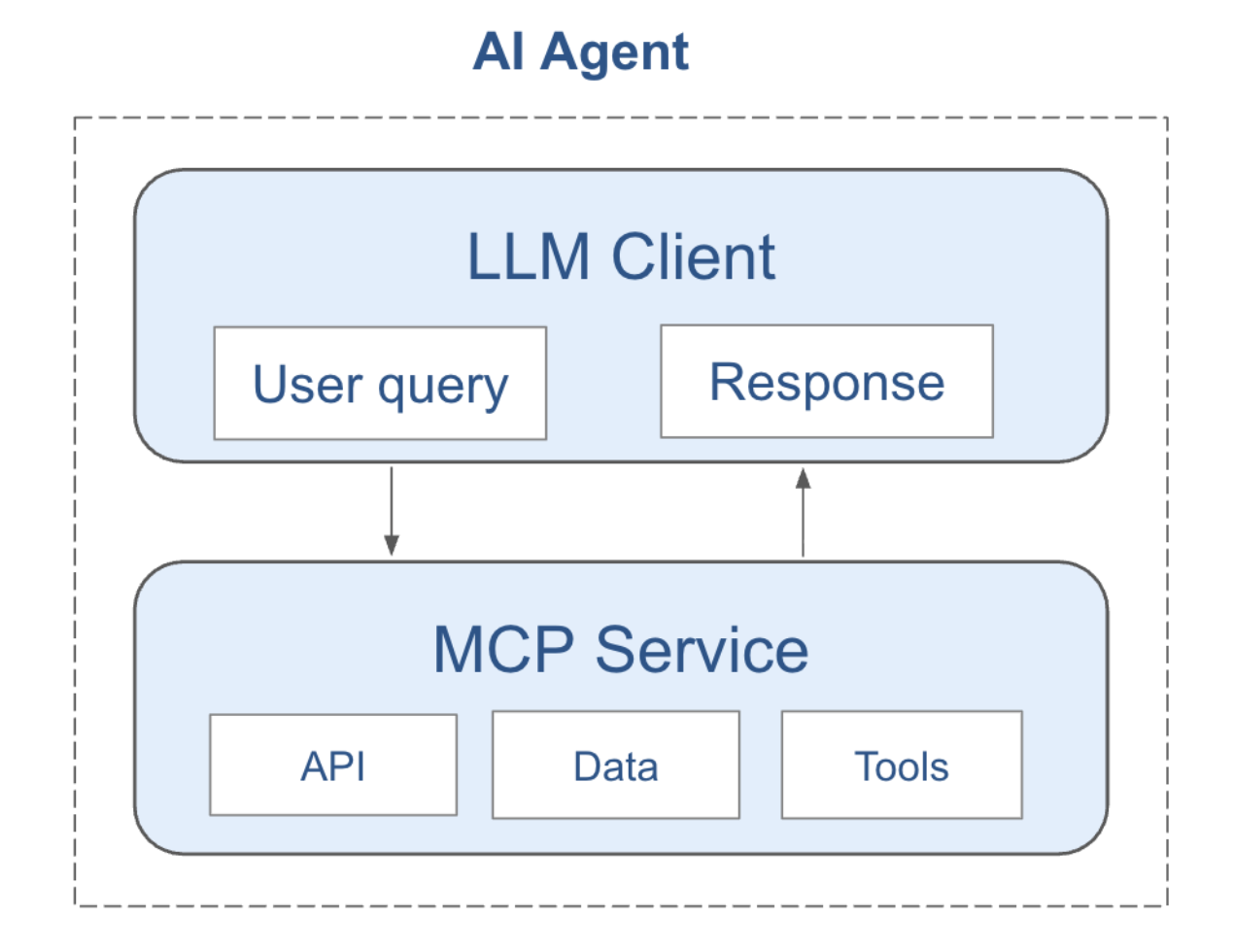
October 15, 2023
October 15, 2023
Anticipating the August Energy Crises for Texas ERCOT
.jpg)
Salient predicts that the drought in Texas and the US Southwest will continue and intensify throughout the coming summer. Dry conditions lead to elevated daily high temperatures because more of the Sun’s energy goes into heating Earth’s surface rather than evaporating water. The already hot and dry conditions in the Southwest are predicted to worsen over the rest of the summer. High temperatures impact power transmission lines’ efficiency, reducing their carrying capacity because of increased resistance.

We also anticipate a substantial decline in available wind power during the summer doldrums. Solar power will also begin its seasonal reduction during August, and total power output could be impacted by smoke from regional wildfires. The wind carries smoke particles far and wide, where they can diminish total solar insolation. The wildfire smoke impact reduced solar farm output by up to 20% in California in 2020. Finally, the higher forecast temperatures will increase the demand for power for air conditioning, assuring big power problems for the isolated Texas grid (ERCOT= Electric Reliability Council Of Texas).
Figure 1 shows the location of solar and wind farms in Texas, with solar in red and wind in green. Figure 2 shows the potential wind power, solar insolation, and cooling degree day (CDD) predictions. We expect energy demand to be highest and the supply lowest during the month of August. This could lead to a substantial hike in electricity costs within the Texas ERCOT system.
The accuracy of sub-seasonal extreme-weather forecasts can be significantly improved by incorporating ensemble data. A recent paper accepted for publication in the Bulletin of the American Meteorological Society supported conclusions that standard numerical weather models miss slower-moving mechanics in Earth’s climate system. Longer-term ensemble forecasts can incorporate these additional parameters and improve predictions for extreme events by up to several weeks. Salient can also translate the particular characteristics of each wind and solar farm (hub height, swept area, efficiency, array area, etc) and develop detailed power output estimates for each site. When aggregated, these will supply a detailed projection of the regional power availability weeks and months ahead.

October 15, 2023
October 15, 2023
Anticipating the August Energy Crises for Texas ERCOT
.jpg)
Salient predicts that the drought in Texas and the US Southwest will continue and intensify throughout the coming summer. Dry conditions lead to elevated daily high temperatures because more of the Sun’s energy goes into heating Earth’s surface rather than evaporating water. The already hot and dry conditions in the Southwest are predicted to worsen over the rest of the summer. High temperatures impact power transmission lines’ efficiency, reducing their carrying capacity because of increased resistance.

We also anticipate a substantial decline in available wind power during the summer doldrums. Solar power will also begin its seasonal reduction during August, and total power output could be impacted by smoke from regional wildfires. The wind carries smoke particles far and wide, where they can diminish total solar insolation. The wildfire smoke impact reduced solar farm output by up to 20% in California in 2020. Finally, the higher forecast temperatures will increase the demand for power for air conditioning, assuring big power problems for the isolated Texas grid (ERCOT= Electric Reliability Council Of Texas).
Figure 1 shows the location of solar and wind farms in Texas, with solar in red and wind in green. Figure 2 shows the potential wind power, solar insolation, and cooling degree day (CDD) predictions. We expect energy demand to be highest and the supply lowest during the month of August. This could lead to a substantial hike in electricity costs within the Texas ERCOT system.
The accuracy of sub-seasonal extreme-weather forecasts can be significantly improved by incorporating ensemble data. A recent paper accepted for publication in the Bulletin of the American Meteorological Society supported conclusions that standard numerical weather models miss slower-moving mechanics in Earth’s climate system. Longer-term ensemble forecasts can incorporate these additional parameters and improve predictions for extreme events by up to several weeks. Salient can also translate the particular characteristics of each wind and solar farm (hub height, swept area, efficiency, array area, etc) and develop detailed power output estimates for each site. When aggregated, these will supply a detailed projection of the regional power availability weeks and months ahead.

About Salient
Salient combines ocean and land-surface data with machine learning and climate expertise to deliver accurate and reliable subseasonal-to-seasonal weather forecasts and industry insights—two to 52 weeks in advance. Bringing together leading experts in physical oceanography, climatology and the global water cycle, machine learning, and AI, Salient helps enterprise clients improve resiliency, increase preparedness, and make better decisions in the face of a rapidly changing climate. Learn more at www.salientpredictions.com and follow on LinkedIn and X.



